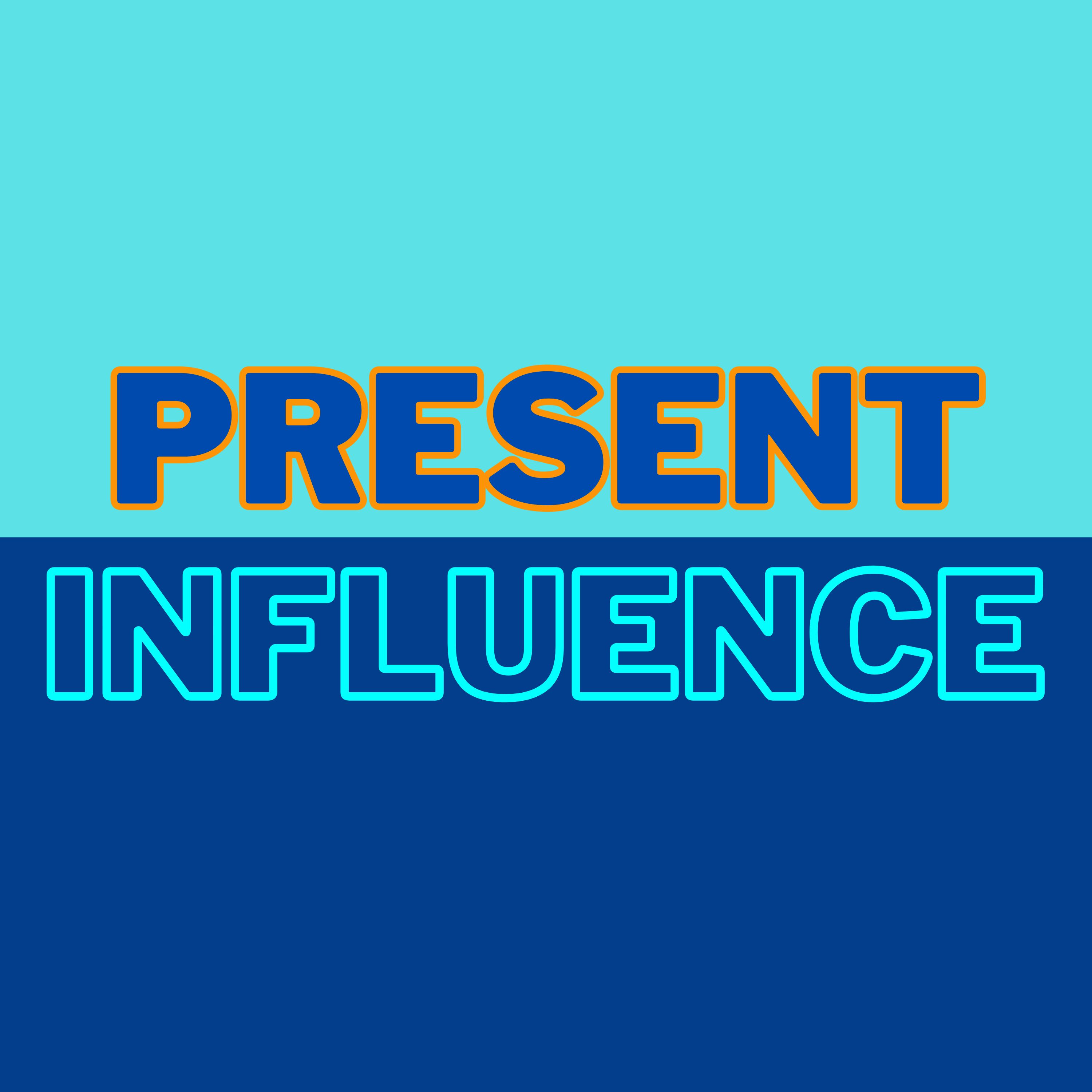bonus
The 7% Myth Busted: What Words, Tone, and Facial Expressions Convey
Debunking the 7% Communication Myth
In this episode, we debunk the widely spread myth that only 7% of communication is through words, while the remaining 93% is through tone and facial expressions. The host explains the origins of this misconception from Albert Mehrabian's research on emotional communication. The video clarifies that the 7% figure pertains to how we interpret emotions, not overall communication. Words remain crucial, comprising the majority of communication, while tone and expressions add depth and emotional context. Listeners are encouraged to challenge and help stop the propagation of this myth.
00:00 Debunking the 7% Communication Myth
00:52 Origins of the Myth: Albert Mehrabian's Study
01:43 Understanding Emotional Intent in Communication
02:21 The Role of Words, Tone, and Facial Expressions
03:29 Clarifying the Misconception
04:14 Final Thoughts: The Importance of Words
Go to presentinfluence.com to take the Speaker StrengthsFinder Quiz and discover your greatest strengths as a speaker as well as where to focus for growth. For speaking enquiries or to connect with me, you can email john@presentinfluence.com or find me on LinkedIn
You can find all our clips, episodes and more on the Present Influence YouTube channel: https://www.youtube.com/@PresentInfluence
Thanks for listening, and please give the show a 5* review if you enjoyed it.
Transcript
Okay, we need to talk.
2
:There is a popular myth misconception that
has been going around the speaking world
3
:for years, and it is this, that 7% of your
communication is the words that you speak.
4
:Therefore, meaning 97% of your
communication is your tone of
5
:voice and your facial expressions.
6
:And this is not true.
7
:So stay with me In this short video, I'm
gonna break down for you why it's not true
8
:and what that research actually meant.
9
:so in this short video, I really just want
to explain to you where that comes from
10
:and why it has been so popularly spread.
11
:We probably will take a look at a few more
of these myths and misconceptions that
12
:get commonly spread around in the speaking
world and in often in the personal
13
:development world as well, particularly.
14
:this has come from work by a
psychologist called Albert Mehrabian,
15
:who was studying communication.
16
:And the communication was about
determining the emotion of the speaker
17
:when they were speaking on stage.
18
:And so the words themselves turned out
to be only about 7% of what helped people
19
:to determine the emotion of the speaker.
20
:It was actually the facial expressions and
the tonality that helped people to be able
21
:to determine the emotion of the person
speaking, and that's where this came from.
22
:So it isn't about your
communication being, 93% facial
23
:expressions and tone of voice.
24
:It's more about the emotional intent
or the emotional state of the speaker
25
:being determined by the facial
expressions and by the tone of voice.
26
:So if, I was to say the words, Hey
John, you did a really good job.
27
:So fairly, fairly straight laced.
28
:There's not much vocal tonality there
and not much facial expression there.
29
:What are you determined by that?
30
:You just hear the words.
31
:You have to take it on the words.
32
:So probably most of what you infer
from that is somebody saying,
33
:Hey, you did a really good job.
34
:If I had to say it this way, Hey
John, you did a really good job.
35
:You notice there was some tonality there?
36
:There was some facial expression there.
37
:How about if I say it this way?
38
:The same words.
39
:Hey, John.
40
:You did a really good job.
41
:Different tonality,
different facial expressions.
42
:We determine a bit of sarcasm,
but the words are the same.
43
:So you understand that the words create
a certain amount of meaning, but we
44
:are determining the intent and the
emotionality of the speaker by the facial
45
:expressions and the vocal tonality.
46
:The study that Mehrabian did showed
that about 55% of communication in this
47
:way was from your facial expressions
and 38% from your tone and voice.
48
:And that's where this myth has come from.
49
:So it is not actually your tone of
voice, or your facial expressions
50
:that are conveying the communication,
your words will do that.
51
:You could give a whole talk in
presentation with no facial expressions.
52
:You could be botoxed up to the
hilt and not doing a single facial
53
:expression, and you could speak
with a monotone, and the words would
54
:pretty much still mean the same thing.
55
:But, when you add in the tonality, the
tone of voice, when you add in facial
56
:expressions, you add depth, you add range,
you add emotional connection into this,
57
:and people can tell what you're really
thinking, what you're really meaning.
58
:And it does help to clarify some of the
communication and more the intention and
59
:the emotion of the person communicating.
60
:So if you ever find yourself saying
that only 7% of your communication
61
:is the words you speak, remind
yourself, no, it is not that.
62
:only 7% of your communication
helps people to determine.
63
:The emotionality or the
emotional intent of the speaker.
64
:The rest is done with tonality and
body language or facial expressions.
65
:So let's put this myth to bed and fair
enough if you have been repeating this
66
:or maybe even teaching this, and I
certainly got taught it in one of my
67
:very first presentation skills training.
68
:And now that I know what it should
actually be, and like I, I'm very
69
:like, I think people should have
really checked up on this before
70
:they ever started teaching it, but it
gets spread around as common science.
71
:But as soon as we start to pull it
apart, it makes no sense whatsoever
72
:because I could, I could do this
whole video going Mm mm mm And you're
73
:not gonna understand a damn thing.
74
:And even if I add facial expressions
to that, you are not gonna get what the
75
:meaning of this is without the words.
76
:Words are critical in your communication.
77
:They may not be a hundred percent
of your communication of how we
78
:communicate, but they are most of it,
probably more like 98% with the other
79
:bits enhancing our communication.
80
:So don't buy into these myths.
81
:And don't keep spreading
them around either.
82
:And, feel free to challenge people when
they say that 93% of your communication
83
:is nonverbal because it is bullshit.


